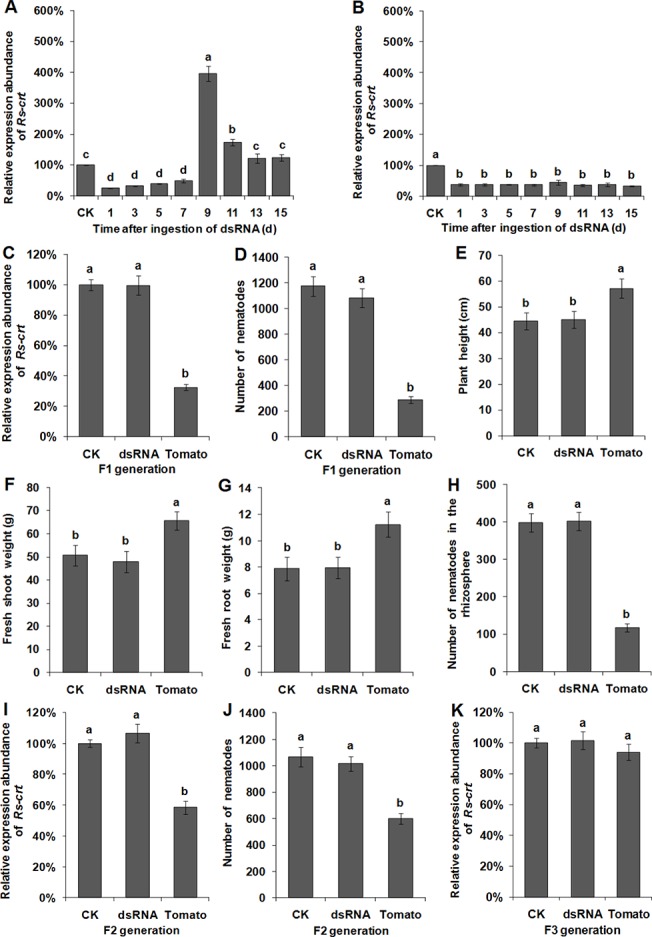Fig 8. Persistence and inheritance of Rs-crt silencing induced by RNAi.

The recovery of Rs-crt expression in Radopholus similis at different times after soaking in Rs-crt dsRNA for 36 h (A) and in R. similis collected from T2 Rs-crt transgenic tomato roots (B). 1–15, Rs-crt expression levels in nematodes maintained in water and sampled at 1, 3, 5, 7, 9, 11, 13 and 15 d post-treatment, respectively. qPCR assay to detect Rs-crt expression in F1 (C), F2 (I) and F3 (K) nematodes. Bars indicate the standard errors of the mean (n = 3). Number of F1 (D) and F2 (J) nematodes on carrot disks at 30 d after the inoculation of 30 females. Plant height (E), fresh shoot weight (F), fresh root weight (G) and the number of nematodes in the rhizosphere (H) at 45 d after the plants were inoculated with 200 F1 nematodes. CK, untreated nematodes; dsRNA, nematodes treated with Rs-crt dsRNA for 36 h; Tomato, nematodes collected from T2 Rs-crt transgenic tomato roots. Bars indicate the standard errors of the mean (n = 5), and different letters indicate significant differences (p<0.05) between different treatments.
